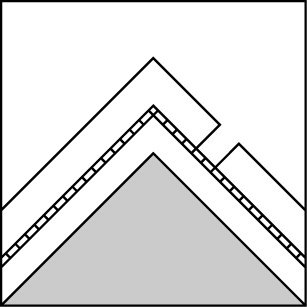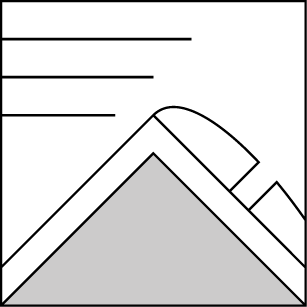Basic Information
Observation Details
Observation Date:
January 21, 2020Submitted:
January 21, 2020Observer:
SAC - Davis, TaylorZone or Region:
Banner SummitLocation:
Cape Horn MountainSigns of Unstable Snow
Recent Avalanches?
None ObservedCracking?
IsolatedCollapsing?
None ExperiencedSnow Stability
Stability Rating:
FairConfidence in Rating:
HighStability Trend:
WorseningBottom Line
I found actively forming fresh wind drifts along exposed middle elevation terrain. These drifts cracked and released very small slabs below cornices. I did not experience any other obvious signs of instability.
Media/Attachments

Advanced Information
Weather Summary
Cloud Cover:
OvercastWind:
Moderate , SLarge flakes and light snow early in the day. Wind picked up midday and snow flurries increased as well. It was a little hard to tell new snow amounts due to the wind but 2" seems reasonable. Generally, the Sawtooths were also mostly cloudy but it seemed that the snow appeared to hang more at the crest.
Avalanche Observations
Small pockets of tapered, fresh wind slab below cornices. Hard to really call them an avalanche.
Snowpack Observations
@8000, S, HS=105cm:
No real standout upper or midpack layers of note in this location. The upper and mid-snowpack was right-side-up with F hardness at the surface steadily increasing to 1F+ until 40 cm off the ground. Beneath that, I found 4F and F+ basal facets with a weak, deteriorating crust mixed in. This layer produced ECTP18 and PST 43/100 end, down 95 cm and the failure occurred both above and below the crust. Other results: ECTX, ECTN down 25.
@8200, N, HS=130cm:
A quick look on a sheltered slope with limited open sky view also showed no obvious upper or midpack layers of concern. The basal facet layer was twice as thick (~40 cm) and the crust within was a bit stiffer but still crumbly and weak. No formal tests.
Avalanche Problems
| Problem | Location | Distribution | Sensitivity | Size | Comments |
|---|---|---|---|---|---|
 Persistent Slab
Persistent Slab
|
|
Layer Depth/Date: 70-130 cm (@ middle elevation) Comments: Basal facets produced ECTP18, PST 43/100 end |
|||
 Wind Slab
Wind Slab
|
|
Layer Depth/Date: 10-25 cm (@ middle elevation) Comments: Isolated at exposed middle but I assume it was getting to be a problem in specific upper elevation locations by the end of the day. |
Terrain Use
We did not enter avalanche terrain.
